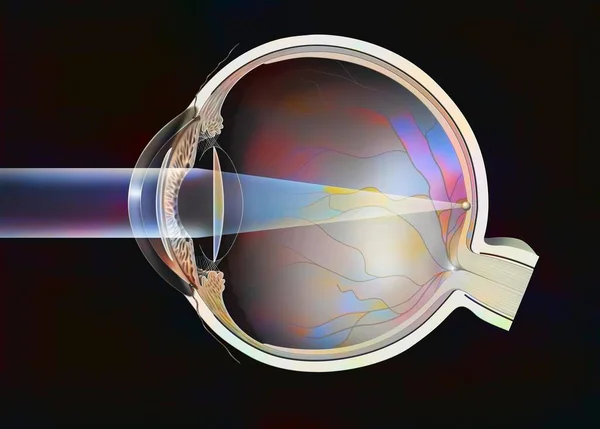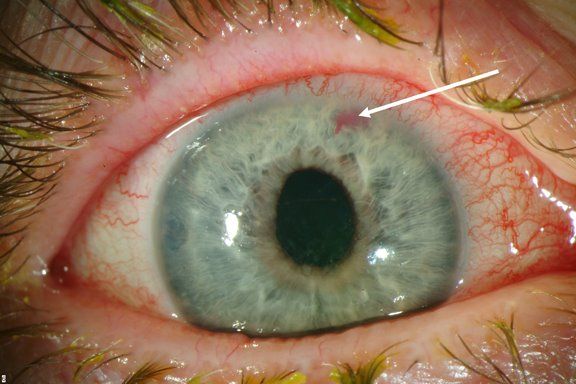Glaucoma
Glaucoma is a condition that often creeps in without any warning signs. Often referred to as the “silent thief of sight,” it can lead to irreversible vision loss if left untreated.
Glaucoma is a group of eye diseases characterized by damage to the optic nerve, the crucial pathway that carries visual information from the eye to the brain.
This damage is typically caused by elevated intraocular pressure (IOP) within the eye.
Types of Glaucoma

Open-Angle Glaucoma:

Angle-Closure Glaucoma:

Normal-Tension Glaucoma:

Secondary Glaucoma:
Symptoms
Early-stage glaucoma typically shows no symptoms, which is why regular eye exams are essential. However, as the condition progresses, individuals may experience the following:
Medical
Diagnosis and Treatment
Diagnosing glaucoma involves several tests, including measuring IOP, assessing the optic nerve, and visual field testing. Once diagnosed, glaucoma is typically managed with one or a combination of the following treatments:


